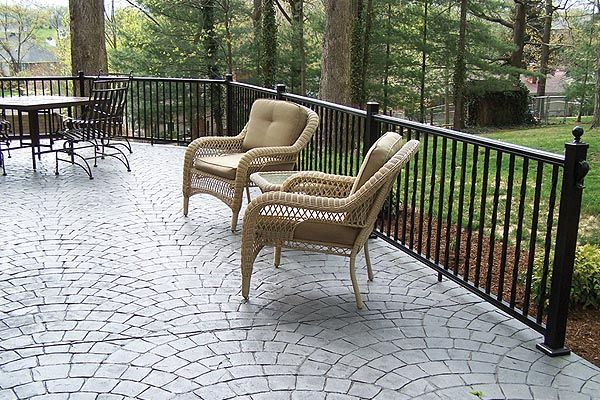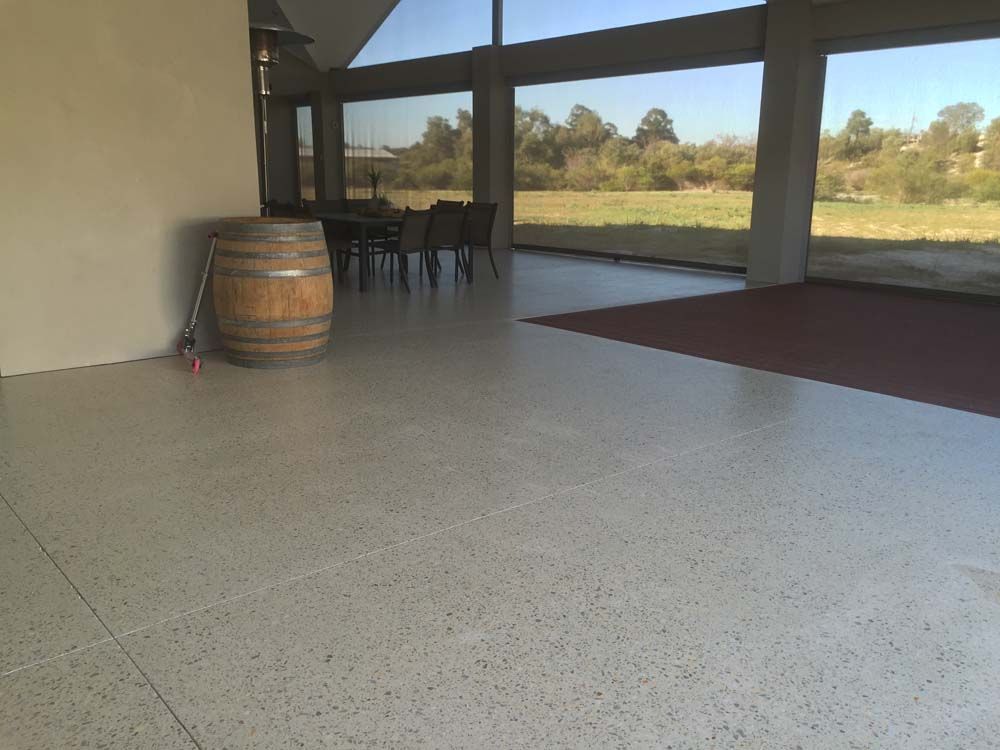CUSTOM CONCRETE DESIGN IN ABILENE
Custom Concrete Design Service in Abilene
Stamped Concrete Safety
Stamped Concrete Safety

The Safety of Stamped Concrete Outdoors
Stamped concrete has gained significant popularity in recent years due to its aesthetic appeal and versatility. Often employed for outdoor surfaces such as patios, walkways, and driveways, stamped concrete mimics the appearance of natural materials like stone or brick while providing a durable alternative. However, as with any outdoor material, concerns regarding safety are paramount. This essay explores the safety considerations associated with stamped concrete surfaces.
First and foremost, the slip resistance of stamped concrete is a critical factor when assessing its safety outdoors. While the texture of stamped concrete can enhance traction compared to smooth concrete, the level of slip resistance can vary depending on the finish applied. It is essential to choose an appropriate stamping pattern and finish that minimizes the risk of slipping, especially in areas exposed to water or snow. Applying a sealant specifically designed to enhance slip resistance can further reduce potential hazards, making stamped concrete a safer choice for outdoor environments.
Moreover, the expansion and contraction properties of concrete must be taken into account. Concrete, including stamped varieties, can swell and shrink with temperature fluctuations. This movement can result in cracks and uneven surfaces, which pose tripping hazards. To mitigate this risk, it is crucial to implement proper installation techniques, including the use of expansion joints. These joints allow for movement while maintaining a smooth surface. Regular maintenance, such as sealing and repairing cracks, can also prolong the lifespan of stamped concrete and ensure its safety.
Another safety consideration relates to the heat retention of stamped concrete. In direct sunlight, concrete surfaces can reach high temperatures, potentially leading to burns or discomfort for individuals walking barefoot. This issue is particularly relevant in warmer climates or during summer months. To reduce heat retention, homeowners can incorporate lighter colors in their stamped concrete designs, as lighter shades tend to absorb less heat. Additionally, providing shaded areas through landscaping or the installation of canopies can enhance safety and comfort for outdoor spaces.
The selection of appropriate materials is also vital for the safety of stamped concrete. Low-quality concrete mixtures may be prone to chipping, flaking, and crumbling, which not only detracts from the appearance but can also create dangerous surfaces. Investing in high-quality materials and hiring experienced professionals for installation can help ensure that stamped concrete surfaces are both functional and safe.
Finally, one must consider the maintenance requirements associated with stamped concrete. Regular cleaning and upkeep are essential to prevent the buildup of debris, algae, or moss, which can increase the likelihood of slips and falls. Establishing a maintenance routine that includes sweeping, power washing, and resealing as needed can safeguard against these hazards.
In conclusion, while stamped concrete is a visually appealing and durable option for outdoor surfaces, attention to safety is imperative. By focusing on slip resistance, proper installation techniques, heat management, quality materials, and ongoing maintenance, homeowners can enjoy the aesthetic benefits of stamped concrete without compromising safety. As outdoor spaces continue to evolve, ensuring their safety will remain a top priority for homeowners, contractors, and designers alike.
Transform your spaces with Custom Concrete Design Finishes in Abilene, the premier choice for custom polished floors and beautifully designed stamped concrete. We specialize in enhancing both interior and exterior areas, including patios, walkways, and ledges. Contact us today for a consultation and elevate your home's aesthetic!
Get Started Now
| Powered by Snapps


